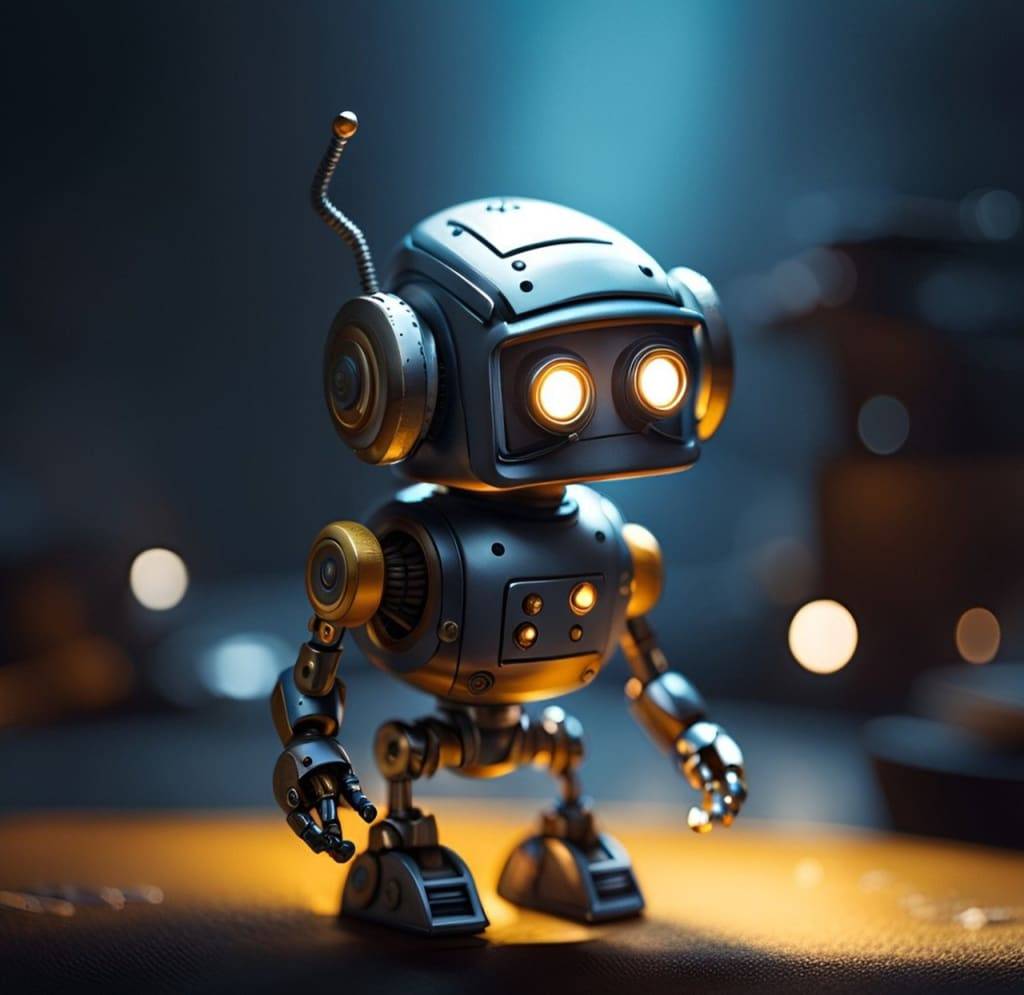As we stand on the cusp of a new era in robotics, the question is no longer if robots will become part of our daily lives, but how. From healthcare and education to manufacturing and even household chores, robots are transforming how we live and work. They’re taking on roles once thought too complex or delicate, and in doing so, they're helping people work more efficiently, live healthier, and even become more creative. Let’s explore the incredible ways robots are reshaping our world and imagine the possibilities they bring for our future.
1. Robots in Healthcare: Saving Lives and Extending Care
One of the most groundbreaking impacts of robotics is in healthcare. Today, robots assist surgeons in performing highly precise surgeries, often minimally invasive, which results in faster recoveries for patients and reduces the risk of complications. The da Vinci Surgical System is a prime example: it’s a robotic-assisted surgery system that allows doctors to perform complex procedures with high accuracy, enhancing patient outcomes in areas like heart and cancer surgeries.
But robotics isn’t limited to the operating room. Care robots like the Japanese robot Paro, a cuddly, AI-powered seal, are used in therapy for elderly patients, especially those with dementia. Paro provides companionship, reduces stress, and even helps improve mood—a significant boon for patients in assisted living facilities. By providing both physical and emotional support, these robots aren’t just improving lives; they’re extending care to those who need it most.
2. Revolutionizing Education: Robots as Teachers and Companions
In schools, robots are becoming invaluable tools, especially for young learners. Interactive robots such as NAO, a humanoid robot used in classrooms worldwide, engage students with lessons on language, science, and mathematics in ways that traditional methods sometimes cannot. With NAO’s engaging storytelling and interactive responses, students remain attentive and motivated, allowing teachers to connect with students on a deeper level.
Robots also support children with special needs, creating customized learning experiences and teaching social skills. For instance, Leka, a small robotic ball with facial expressions and interactive games, is designed for children with autism. It responds to touch and movement, helping kids develop emotional and social skills. These robots are transforming education by providing unique learning experiences that adapt to each student's needs.
3. Robots in the Workforce: Revolutionizing Efficiency
In industries like manufacturing and logistics, robots are redefining efficiency and precision. Amazon, one of the most prominent adopters of robotics, utilizes over 500,000 robots in its warehouses to organize, move, and sort packages at incredible speeds. These robots have made Amazon’s fulfillment centers some of the most efficient in the world, reducing delivery times and improving accuracy. The result? Faster, more reliable shipping for millions of customers.
Automation is extending beyond warehousing to high-risk jobs. Construction robots, such as those developed by Built Robotics, handle dangerous tasks like excavation, which reduces the need for human workers to operate in risky environments. These robots, capable of working alongside human teams, are not only making construction safer but also helping complete projects faster. Robotics in the workforce is improving productivity while creating new roles focused on robot management and maintenance, bringing about a new wave of skilled jobs.
4. Household Robots: From Science Fiction to Reality
While futuristic robots were once confined to science fiction, they’re now showing up in everyday homes. Robots like Roomba, the popular robotic vacuum by iRobot, have become household staples. Roomba’s autonomous design allows it to map rooms, avoid obstacles, and clean floors without human intervention, giving people more time to focus on other things.
Today’s home robots are growing even smarter. For instance, Samsung’s Bot Handy, a prototype household robot, can load the dishwasher, set the table, and even pour you a drink. In a world where time is one of our most precious resources, home robots are freeing people from mundane chores, allowing more time for family, hobbies, and relaxation. Imagine a future where robots take on all routine household tasks, creating a home environment that runs smoothly and efficiently.
5. Robots for Environmental Sustainability
Robots are even playing a crucial role in addressing environmental issues. OceanOne, developed by Stanford University, is an underwater robot that can explore fragile marine environments without disturbing them, allowing scientists to monitor and protect ocean ecosystems. This robot provides a way to collect valuable data on coral reefs and marine life, helping researchers tackle problems like ocean pollution and coral bleaching.
Similarly, drones and agricultural robots are aiding farmers by monitoring crop health, distributing water efficiently, and reducing pesticide usage. By helping to manage resources more sustainably, these robots are making a significant contribution to environmental conservation efforts. As we face the impacts of climate change, robots will be essential in creating more sustainable systems and protecting natural habitats.
Looking Ahead: The Expanding Possibilities of Robotics
The future of robotics is exciting, inspiring, and transformative. As robots continue to evolve, they will take on more meaningful roles in society, from assisting in the early diagnosis of diseases to exploring space. They are already making life easier, safer, and more fulfilling for millions of people.
Some experts envision robots even becoming companions for the elderly or assistants for people with disabilities, offering a level of personalized support that wasn’t possible before. Imagine a world where a robot helps you with tasks throughout the day, from cooking and cleaning to companionship and care in old age. Far from replacing human interaction, these robots will likely enhance it, providing new opportunities for meaningful and supportive relationships.
Embracing Robotics for a Better Tomorrow
As robots continue to shape the world around us, they are creating opportunities for humans to thrive in new ways. They’re not only taking over repetitive and dangerous tasks but also enhancing our lives through care, support, and sustainability efforts. The rapid advancements we’re seeing today are just the beginning. Robotics has the potential to build a future where technology and humanity work hand in hand, helping us achieve things we once thought impossible.
As we embrace robotics, we’re setting the stage for a world where technology enhances the human experience, making life more efficient, safe, and fulfilling for generations to come. The future is bright—and with robots by our side, it’s also full of incredible possibilities.


